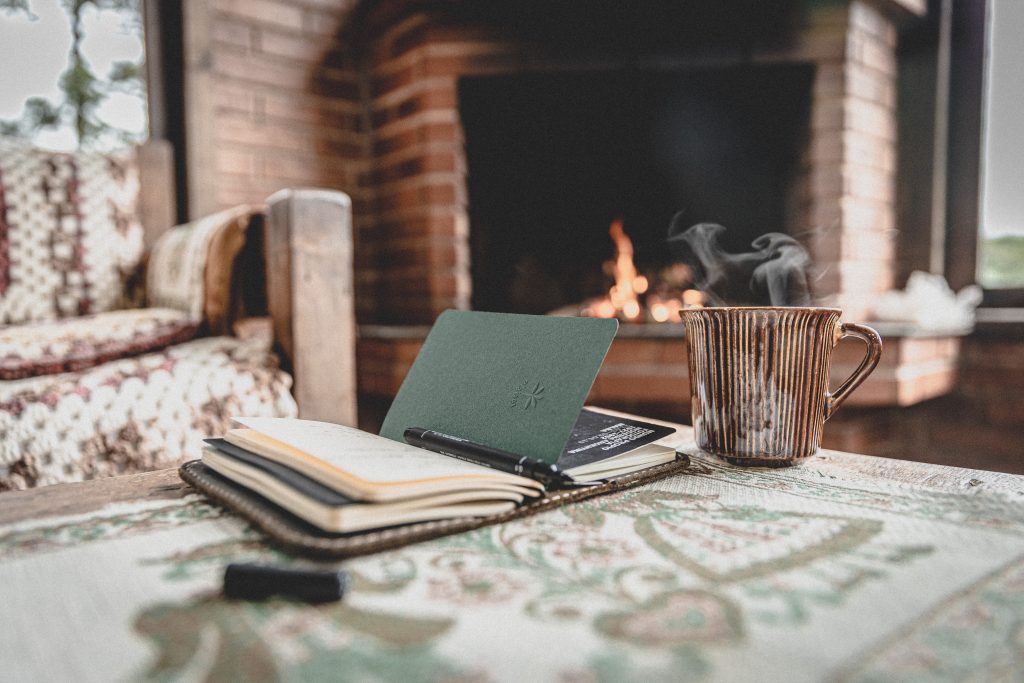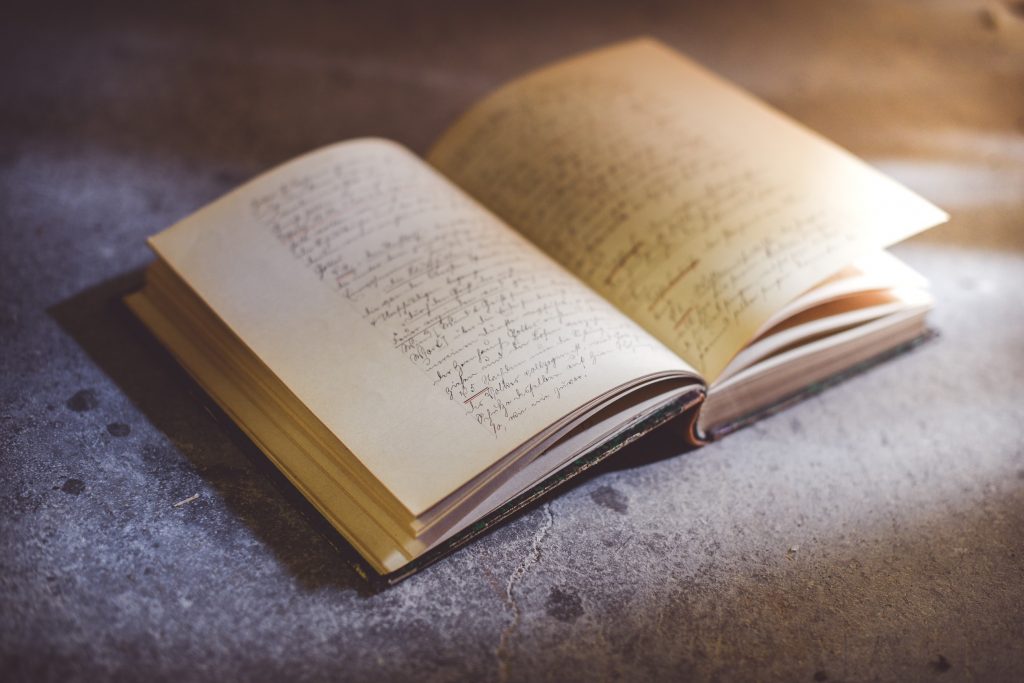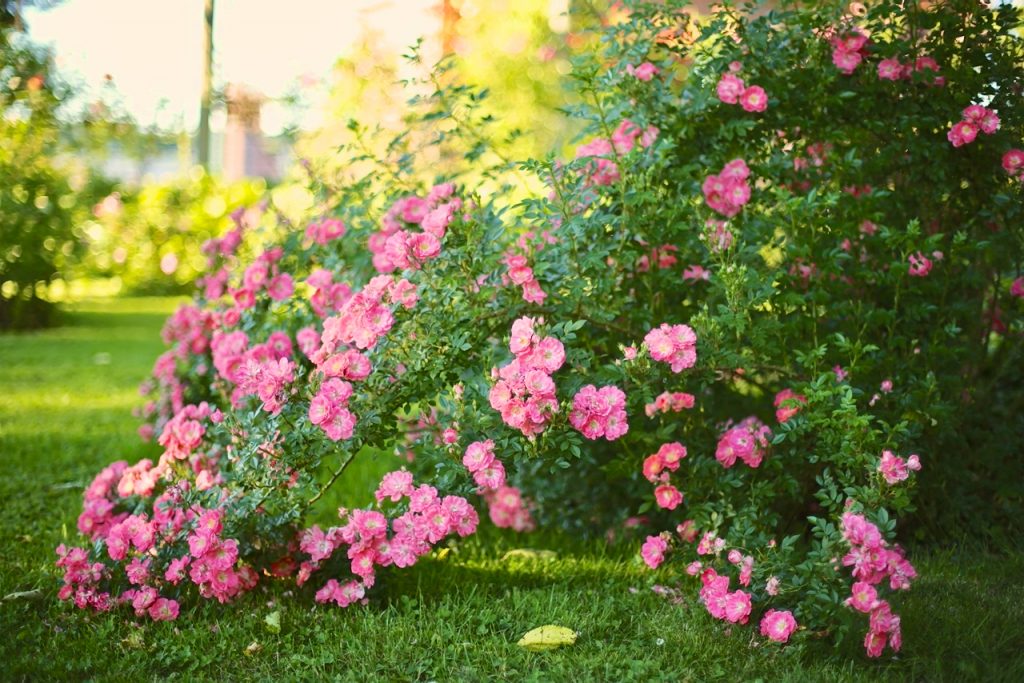
While I am working diligently on my research, I’m fighting this sudden urge to abandon the book I’m toiling on and write another book. A very compelling idea came my way. It feels so right that I’m ready to jettison the current material and just start again.
It’s a huge temptation. But is this the right thing to do?
I know it’s not. How do I know? I’ve learned it the hard way. *
A bright new idea makes current work seems dreary compared to whatever I’m working on. Naïve me abandons said dreary work to jump on board another project, so full of promises and hopes that it’s only right to do it. I enthusiastically start, work for a while, and realize that it’s become, well, dreary as time goes by. Then, I have an idea. Again. I feel stupid, but I’m not willing to cut my losses. Yet. I’ve invested in the first project, discarded all that work, started again, put in more time and effort – should I abandon this as well?
It’s a vicious circle. You’ll always have more ideas than time to execute them. It takes a lot of discipline to resist the pull of sparkling new ideas; the brain loves shiny bright objects, the rascal (this is the novelty bias at play).
I cannot afford to be seduced by new promises. It feels good in the beginning, then reality sets in, and I’ll be back to square one in no time.
Reluctantly, I write down the new idea in my Future Projects-list and go back to work.
* Remember when I said that I’d write a short story instead of the SF novel I was working on? Guess what? I didn’t finish it. Nor did I continue with the novel. Instead, I got a new idea! A non-fiction book! It’ll be great! Leave the dull stuff behind; let’s do this new, cool stuff instead!
This is why I started documenting the process of writing my book here on the blog. This serves a dual purpose: first, I’ll be less prone to chase new ideas, and second, I’ll have to finish it. Don’t underestimate the power of social accountability to keep your promises.
Related Posts
- How to Write a Book
- How to Do Research for a Non-Fiction Book
- Progress Report. Or Lack Thereof
- How to Build a Research Database for a Non-Fiction Book
- How to Create a Project Plan for Writing a Non-Fiction Book
If you liked this post, share it on your preferred social network or forward it to a friend.









